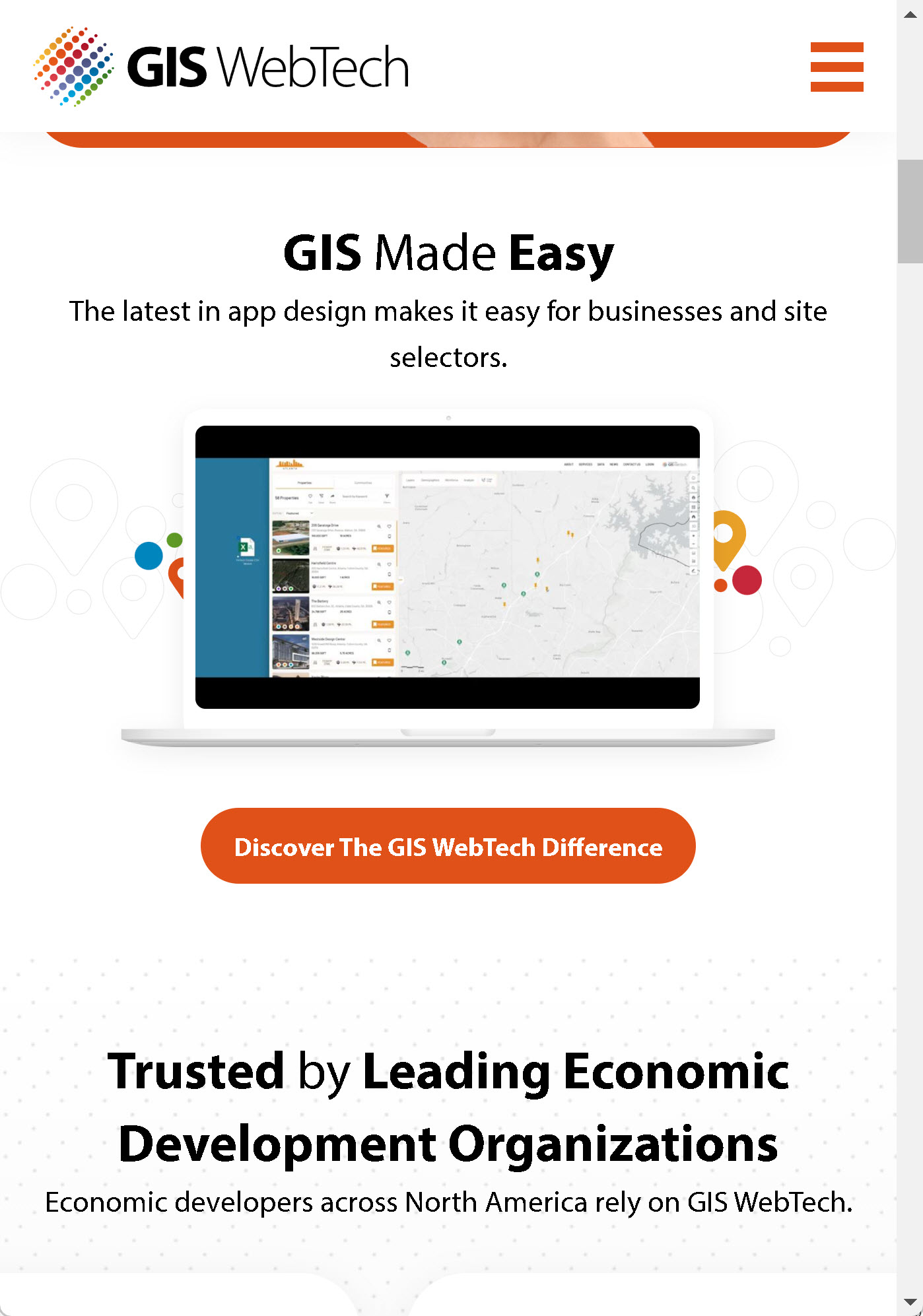GIS and AI: New Tactics in Talent Attraction

GIS and AI: New Tactics in Talent Attraction

In recent years workforce has been a critical factor in a large percentage of business location decisions, and as a result workforce has become a defining issue for many economic developers. As shown in a recent Lightcast report, Crafting Local Talent: Building Your Community’s Workforce with the Talent You Already Have, it is possible to build local workforce depth and breadth by bringing missing workers – those that are out of the workforce but would like to work – into the labor market. But many economic developers have also concluded that they will need to attract talent in order to remain competitive in business expansion and attraction. For these economic developers, the existing local labor supply is not sufficient to meet demand for specific skills. Consequently, talent attraction is moving to the forefront of their economic development strategy.
Most economic development strategic plans include the identification of target industries: those with attributes that are attractive to the community, such as significant capital investment and above-average wages, and at the same time have requirements that match the community’s strengths and assets. A good example would be a region with a diverse manufacturing base and attractive industrial infrastructure targeting advanced manufacturing companies, or a community with a well-developed venture capital network and startup ecosystem targeting emerging tech companies.
The problem for many economic developers is that traditional strategic plans do not look quantitatively at the supply/demand balance for the skills required by the target industries. n many cases, the supply produced by trade schools, community colleges, and traditional upskilling are not sufficient to meet the demand of companies and industries they target. As a result, economic developers are increasingly turning to talent attraction as a necessary component of their strategy – supplementing local skills with individuals specifically recruited into the community.
In parallel with the emerging focus on talent attraction as a component of economic development strategy, technologies for economic development are advancing rapidly, especially GIS (geographic information systems) and AI (artificial intelligence).
Economic developers have, historically, used GIS primarily through online site selection applications. These apps sit on the EDO’s website and present available properties along with demographics, workforce data, infrastructure, and tools for generating reports. Advanced technologies, such as GIS WebTech’s new Guru application, even allow economic developers to enrich their property listings by presenting use cases for targeted industries, including virtual buildings, infrastructure like high voltage power or high-pressure gas, and workforce data relevant to the target industry. Guru allows economic developers to combine these assets into a single, configured view to highlight the use case for the targeted industry most likely to be interested in the particular property.
However, GIS has advanced rapidly in recent years and is now applicable to virtually all data used in economic development, including talent attraction. Local quality-of-life assets used to market a community to talent -- like beaches, parks, attractions, and neighborhoods -- are spatial in nature and therefore a natural fit for GIS. But GIS can do much more in support of talent attraction, including providing analytical tools to identify regions for targeted recruitment of talent. When GIS is married with high-quality workforce information, such as labor market, job posting, and skills data, and high-quality demographic data, such as the Esri data provided by GIS WebTech, the technology becomes very powerful for talent attraction.
For example, a community with an attractive cost-of-living that targets the defense and aerospace industries for business attraction can use GIS-based analysis to determine regions around the country with concentrations of aerospace engineers and high costs-of-living, areas that should be ripe targets for talent recruitment. This type of analysis allows them to target their limited talent recruitment dollars on areas likely to be most productive, and the targeted initiative on talent attraction allows them to get in front of the issue when talking to aerospace and defense prospects.
Similarly, AI is coming of age and penetrating economic development through the use of platforms like Lightcast’s Gazelle. Gazelle utilizes proprietary AI to identify companies likely to expand. AI’s ability to spot trends in data sets that are simply too large for human analysis means it has natural uses in talent attraction and will enable economic developers to build on current best practices in talent attraction. For example, AI will enable economic developers to understand, predict, and react to demographic changes and in/out migration patterns with much more accuracy, and therefore confidence, than they have been able to in the past. AI will glean from massive data sets the factors that drive relocation for targeted skill profiles, and help economic developers predict which recruitment approaches are likely to be successful. AI will even allow economic developers to distill macroeconomic trends into specific impacts for local businesses, the local economy, and in/out migration.
These two trends – talent attraction as an area of focus in economic development, and the relentless march of GIS and AI technology – are converging. The winners in economic development in the coming years will be those organizations that embrace data and technology for talent attraction, just as leading economic development groups have embraced data and technology for site selection. Leading providers like GIS WebTech and Lightcast are already developing the tools and technologies to enable economic development groups to thrive in this rapidly-evolving environment.
For more information or to discuss this further, please reach out to the authors.
Authors:
Ron Bertasi, CEO, GIS WebTech
Josh Wright, EVP, Community Division, Lightcast

